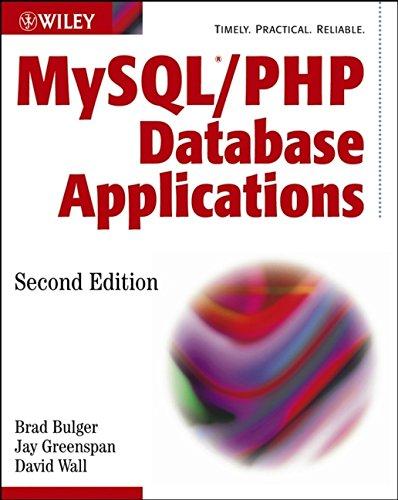Question
A. List or print out all the records in database tables such as jps.employee, jps.department, jps.project, jps.deptlocation, jps.workson, jps.dependent on CEC Oracle server. B. Print
A. List or print out all the records in database tables such as jps.employee, jps.department, jps.project, jps.deptlocation, jps.workson, jps.dependent on CEC Oracle server.
B. Print out all attributes and their data types in each of tables such as jps.employee, jps.department, jps.project, jps.deptlocation, jps.workson, jps.dependent.
C. List all the join conditions or join paths (pairwise) existing between these tables.
D. List the primary key and all the foreign keys in each table.
E. Based on each pair of primary key and foreign key, given in D, please give the description of referential integrity constraint involving each of primary key and foreign key. Please also indicate which one is the recursive referential integrity constraint and which one is the mutual recursive referential integrity constraint.
The description of the referential integrity constraint can be in the format as follows:
Foreign key DNO in Employee table references to the Primary key DNUMBER in Department table.
F. Write and execute the following queries in SQL
Step by Step Solution
There are 3 Steps involved in it
Step: 1

Get Instant Access to Expert-Tailored Solutions
See step-by-step solutions with expert insights and AI powered tools for academic success
Step: 2

Step: 3

Ace Your Homework with AI
Get the answers you need in no time with our AI-driven, step-by-step assistance
Get Started


